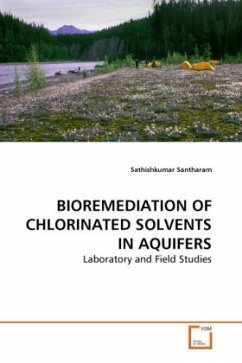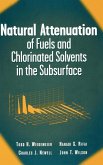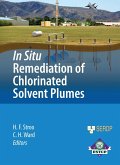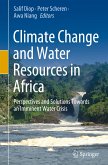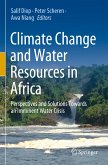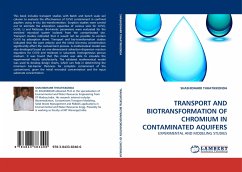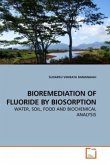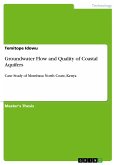The ubiquitous nature of chlorinated solvents contamination demands a significant amount of funds for clean-up. Hence, it is imperative to find effective and inexpensive methods to achieve this goal. Each contaminated site is unique due to the site hydrogeology, geochemistry, climate, land use in the vicinity of contamination and several other factors. This uniqueness requires feasibility studies be conducted at each site to determine the optimum conditions for remediation. This book demonstrates feasibility studies at three different scales: microcosm, mesocosm and macrocosm (field scale). This book outlines all the stages involved in remediation, starting from site characterization-hydrogeology and geochemistry, feasibility studies and actual implementation. Aspects specific to chlorinated solvent remediation, such as accumulation of cis-DCE is addressed in this book in detail. Several nutrients including cheese whey were evaluated, and the optimum application of these nutrients to contaminated sites is explained. This book will be useful for students of geoenvironmental courses and for practicing engineers facing the challenge of remediating chlorinated solvents.
Bitte wählen Sie Ihr Anliegen aus.
Rechnungen
Retourenschein anfordern
Bestellstatus
Storno

